The 15-Minute Rhinoplasty: Perfected for the Asian Nose8 min read
Reshaping The Asian Nose Without The Need For Surgery
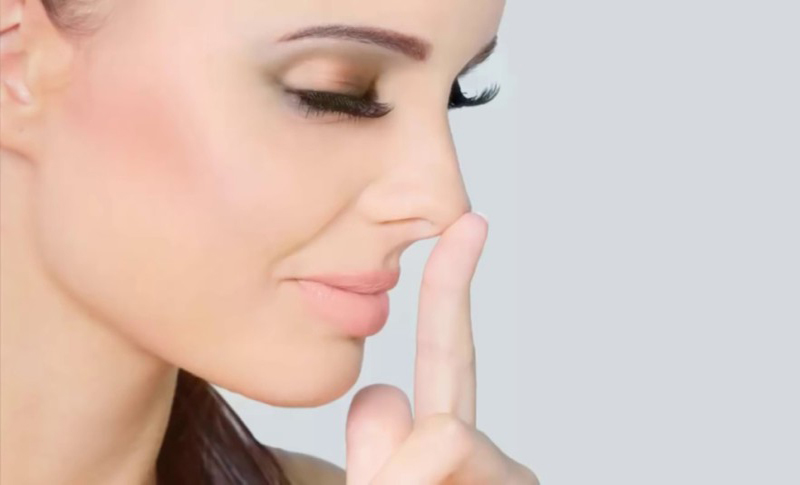
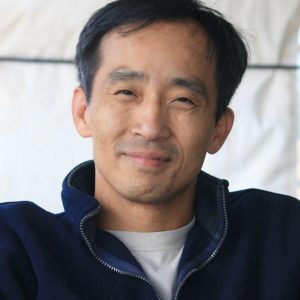
Phillip Chang
Board Certified Plastic Surgeon at Aesthetica Cosmetic Surgery and Laser Center in Leesburg, Virginia

The 15-minute Liquid Rhinoplasty (or Liquid Nose Job) might be the most appropriate procedure for the majority of Asian patients looking to reshape the appearance of their nose. This is even more true today with the introduction of longer acting hyaluronic acid gel fillers like Juvederm Voluma than it was even 10 years ago when I introduced the procedure. It is a procedure that takes about 15 minutes to perform, it is significantly more cost effective than a surgical rhinoplasty, you may return to your work or lifestyle the same day, and doesn’t have the risks that are inherent to a surgical procedure.
What Is The 15-Minute Liquid Rhinoplasty?
The art of performing an Asian nose reshaping procedure is considerably different than that for white caucasian noses. Asian noses, are anthropologically different in shape and structure; and therefore require a completely different approach.

Before Nonsurgical Rhinoplasty Virginia

After Nonsurgical Rhinoplasty Virginia
I introduced the 15-minute Liquid Rhinoplasty (also called the Liquid or Nonsurgical Nose Job) over 10 years ago. The procedure at the time was performed using Radiesse gel which was a malleable gel made of calcium hydroxyapatite but was not always appropriate in altering the nasal tip.
With the introduction of Juvederm Voluma the entirety of the nose can be altered for up to 2 years at a fraction of the cost with no down-time, and negligible complications. The procedure requires and truly artistic eye and understanding of how the Asian nose differs from their white caucasian counterparts.
Techniques Developed During World War I
A little known fact is that modern cosmetic and reconstructive surgery shared its origins in Korea after the Korean war. Harold Gillies, who is is widely regarded as the father of modern plastic surgery, established the first facility dedicated to maxillofacial trauma at the Cambridge Hospital in England to treat the massive traumas seen during World War 1.

Gillies recognized that the injuries seen during world war 1 differed significantly from previous wars. Because soldiers were often positioned with their faces above the brim of the trenches, there were significant numbers of massive facial injuries that required new strategies for their care and reconstruction.
In particular, Gillies pioneered the tubed pedicle flap as well as bone and cartilage grafts for nasal reconstruction. Semin Plast Surg. 2015 Nov; 29(4): 213–218.
Techniques Developed In Korea After The Korean War
Ralph Millard, who studied under Gillies brought maxillofacial reconstructive techniques to Korea after the Korean war. He was able to improve and innovate upon reconstructive techniques on victims of the war.
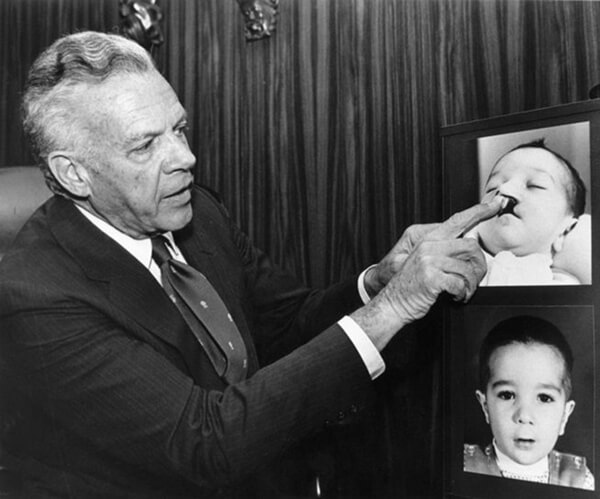
Although his most significant academic achievements were in the advancement of cleft lip repair, he also began to perform cosmetic surgery.
In Korea, he found that many of his Korean patients were interested in adopting more Western features including cosmetic nose reshaping, eyelid double eyelid crease westernization. This was the beginning of the cosmetic surgery revolution in Asia. Today, cosmetic surgery has exploded in countries like Korea, Thailand, Vietnam, Japan, and China.
Anatomy Of The Asian Nose Compared To The Western Caucasian Nose
- The Asian nose has thicker skin and more fibrofatty tissue, especially at the nasal tip.
- The nasal tip cartilages are smaller and weaker.
- The nasal tip has less projection and less defined contours.
- The nostrils are wider set and thicker.
- The nasal bridge is flatter.
- The septal cartilage is thin and small.
Modern Techniques for the Asian Rhinoplasty
The focus of modern techniques for cosmetic asian nose reshaping have centered on westernizing the features of the asian nose. They include an emphasis on increasing the height of the nasal bridge, increasing the projection of the nasal tip, decreasing the base width of the nostrils, and narrowing the nasal tip cartilages.
- Increasing the height of the nasal bridge has been accomplished by using cartilage grafts or artificial implants that lay on top of the nasal bones.
- Narrowing the nasal tip by cartilage bending and suturing techniques.
- Increasing projection has been accomplished by adding strut grafts and onlay grafts or artificial implants that lays on top of the tip cartilage.
- Narrowing the base width of the nostrils is accomplished by narrowing the arch of the nostril at the base by removing a wedge of the nostril rim.
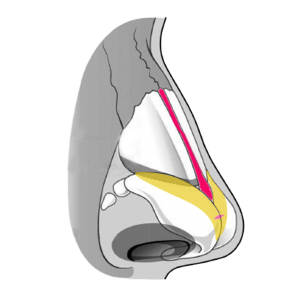
The problem with the modern asian rhinoplasty is that the techniques involved are significantly more invasive in asian patients than in their western counterparts.
How Does The Asian Rhinoplasty Differ From Western Rhinoplasty?
Asian rhinoplasty is to a large extent, an additive process. In contrast, western rhinoplasty is to a large extent a subtractive process. Asian noses, lack height and projection where western noses are often too large, wide, and often have a hump that needs to be reduced.
A large problem is that Asian cartilage is thin and in less supply than that for Caucasians.
The Problem With Cartilage Grafts
Cartilage grafts are very common in western rhinoplasty procedures. Although increasingly common, cartilage grafts are less common in Asia. Asians, in general have cartilage that is thinner and more prone to warn and resorb than in caucasians
Adequate amounts of cartilage grafts can often only be obtained by harvesting from the ribs which is a much larger operation that carries the risk of abnormal and visible scarring on the chest and breast let alone the risk of pneumothorax or rip pain and infections.
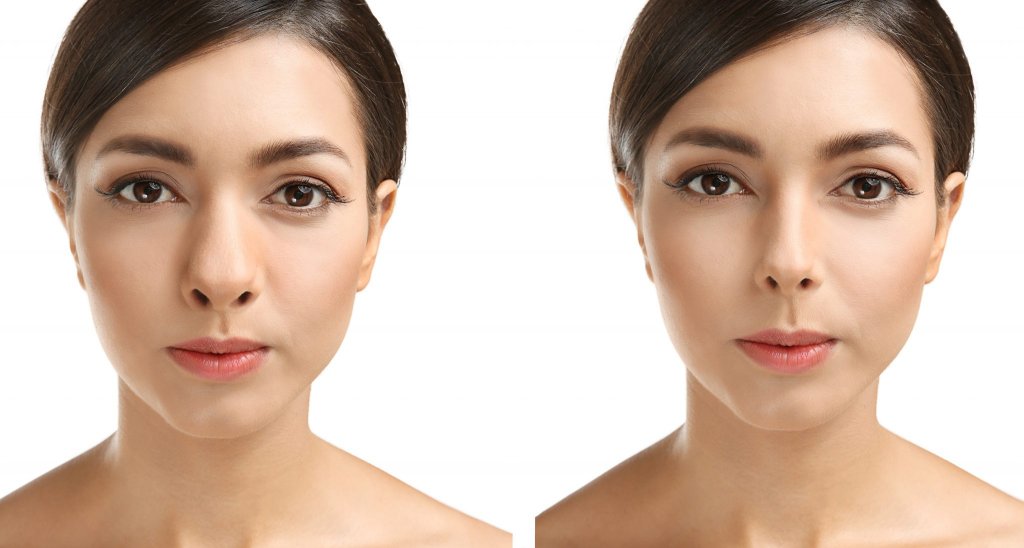
An alternative to using your rib cartilage is using irradiated commercially available cartilage. But irradiated rib cartilage is subject to resorbtion, infection, and warping.
- Asian cartilage is thin and in less supply
- Secondary or revision with cartilage grafts will require harvesting from the ribs
- Autologous rib grafts can have life threatening complications such as pneumothorax
- Autologous rib grafts harvest can result in unacceptable scars on the chest and breast
- Commercially available irradiated septal cartilage grafts have high absorption and infection rates
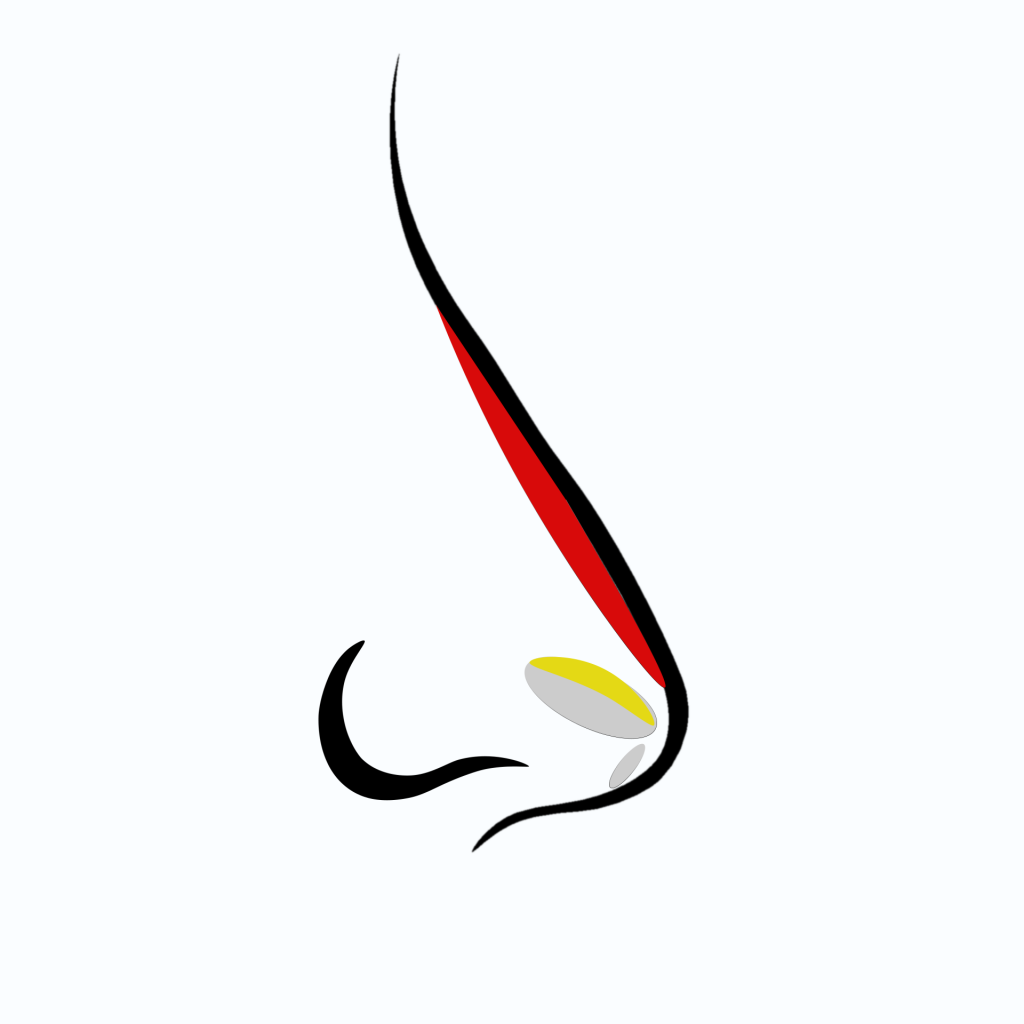
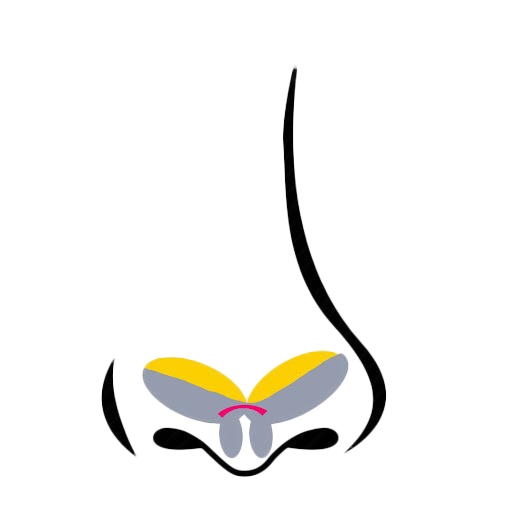
The Problem With Artificial Nasal Implants
The ideal cartilage for nasal reconstruction in the Western literature remains septal cartilage. However, the Asian nose is often deficient in such cartilage.
Plastic surgeon in Asia will often prefer to use artificial implants over the use of using your own cartilage. Implants are readily available and are not subject to the limitations for using your own cartilage.
They, however carry their own risks, not the least of which it is an permanent artificial product that is subject to many of the problems associated with medical implants. These include:
- infection
- displacement
- extrusion
- capsular contracture

In Conclusion...
It is no wonder, that my 15-Minute Liquid Rhinoplasty has become so popular!
It does not have the expense, recovery, and risks that are inherent to the surgical rhinoplasty option.
- The procedure can be artistically performed in 15 minutes with no down-time, no significant bruising or swelling, no time off of work, and negligible complications.
- The procedure can add height to the nasal bridge, add projection to the nasal tip, narrow the appearance of a bulbous nasal tip in just 15 minutes.
- The procedure is even used to correct the deformities seen from complications from previous nose jobs by filling in and re-shaping warped nasal cartilages or building up the nasal bridge where it might have been taken down too much.
Finding The Best Plastic Surgeon in Virginia
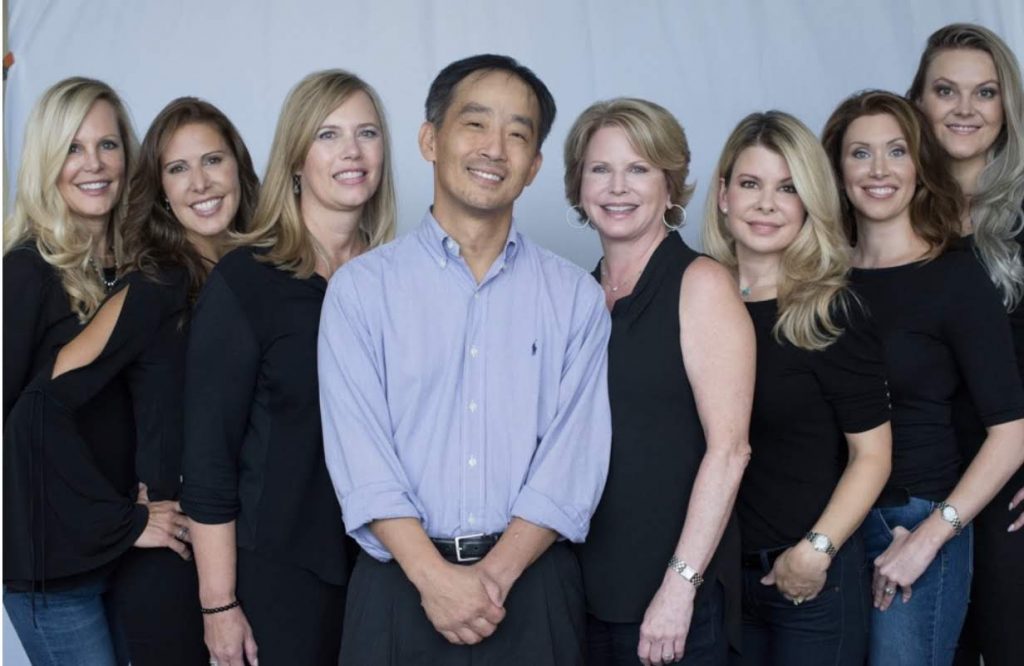
Dr. Phillip Chang is a leading plastic surgeon in Loudoun County who specializes in surgical and nonsurgical cosmetic procedures for the breast, body, face, and skin. He is board certified in plastic surgery by the American Board of Plastic Surgery and is the founder of Aesthetica Cosmetic Surgery & Laser Center in Leesburg, VA. Dr. Chang believes combining attentive care and minimally invasive techniques is the best avenue for achieving beautiful, natural-looking results.
Visit his office in Leesburg, Virginia in Loudoun County or fill out the contact form below for more information on how we can help you with your plastic surgery plans.
Let Us Help You!
Our office can provide you will helpful information, schedule a free consultation, and walk you through the process of having the procedure covered by your insurance.
Contact Dr. Chang's Office:
More Articles For You

The Art of Refining the Side Profile of a Woman through Plastic Surgery
In the realm of cosmetic enhancements, the side profile of a woman holds a pivotal

Enhance Now, Pay Later: Plastic Surgery Payment Plans in Leesburg, VA
In the picturesque town of Leesburg, VA, pursuing beauty and self-improvement is a journey many

Areola Reduction for Men in Loudoun County
In the heart of Loudoun County, where the beauty of nature meets bustling urban life,

3 Ways to Fix Spider Veins on Your Face in Leesburg, VA!
Spider veins, those small, web-like networks of blood vessels that can appear on your face,
